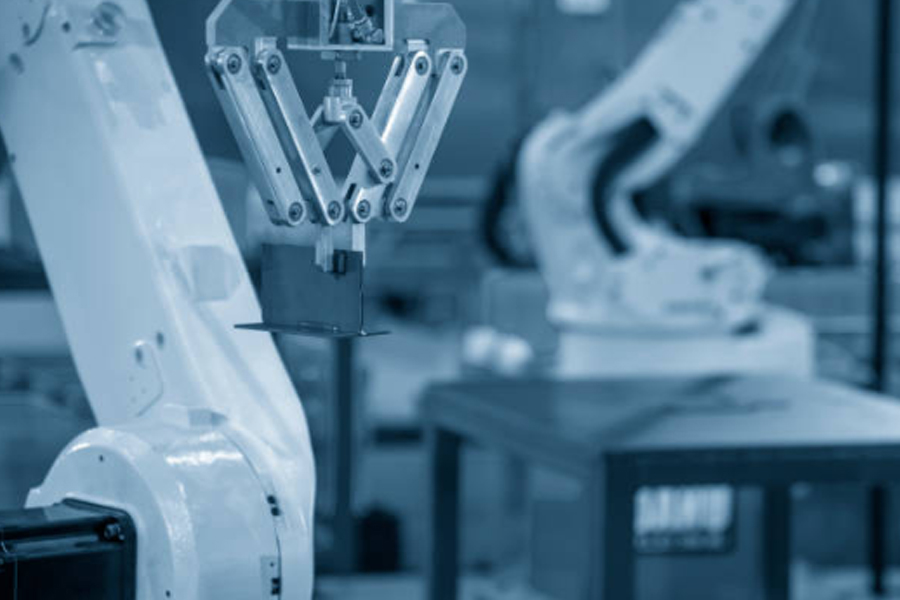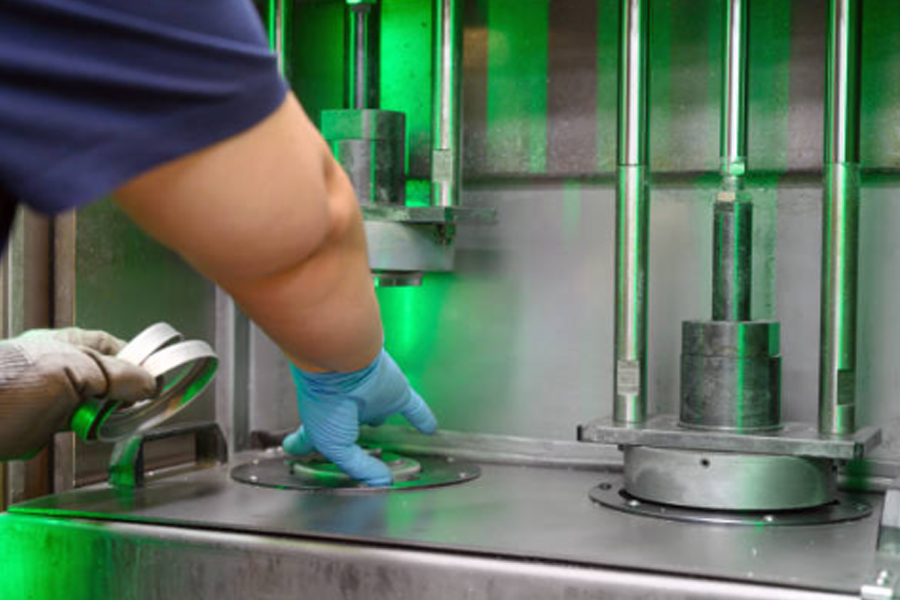
Estampado de chapa metálica: la tecnología central para un procesamiento eficiente de chapa metálica
Tiempo de lanzamiento:2025-06-03 Haga clic:261La esencia de la tecnología de estampación de chapa metálica
El estampado de chapa metálica es un proceso de fabricación que utiliza moldes especiales y equipos de presión para aplicar presión precisa a las chapas metálicas y provocar que se deformen plásticamente. Como vínculo técnico central del procesamiento de chapa metálica, realiza la transformación de chapas metálicas desde superficies planas a componentes tridimensionales, brindando soporte básico en la fabricación de piezas para la industria moderna.

Análisis de las cuatro funciones principales
1. Formación eficiente: a través de la guía precisa del molde, se pueden completar formas tridimensionales complejas en una sola estampación, mejorando significativamente la eficiencia del procesamiento de chapa metálica.
2. Corte de precisión: El proceso de estampado puede completar el troquelado, recorte, punzonado y otras operaciones de la hoja al mismo tiempo para garantizar la consistencia de la precisión dimensional.
3. Refuerzo estructural: El material sufre un efecto de endurecimiento por trabajo durante la compresión y la deformación, lo que mejora la resistencia estructural y la rigidez de las piezas.
4. Garantía de lote: Las líneas de producción de estampación de chapa metálica altamente automatizadas garantizan que grandes lotes de productos mantengan una estabilidad de precisión a nivel milimétrico.
Posición estratégica en el procesamiento de chapa metálica
Estado de centro tecnológico: la tecnología de estampación conecta la ciencia de los materiales y los productos finales, y es un nodo técnico clave en el proceso de procesamiento de chapa metálica.
Núcleo del control de costos: en comparación con otros métodos de procesamiento de metales, el proceso de estampación mejora la tasa de utilización de las materias primas y reduce significativamente los costos de fabricación.
Motor impulsado por la innovación: la demanda de componentes de precisión en industrias como los vehículos de nueva energía y las comunicaciones electrónicas continúa impulsando la actualización iterativa de la tecnología de estampado de chapa metálica.
Factores determinantes de la calidad: La precisión de la matriz de estampación determina directamente la calidad del producto final y se convierte en el indicador de evaluación central de la capacidad de fabricación de la empresa.

Ventajas de proceso irremplazables
Ventaja de eficiencia: un solo proceso para completar un procesamiento de múltiples pasos
Ventaja de precisión: precisión de posicionamiento repetible a nivel micrométrico
Ventaja flexible: cambio rápido de molde para adaptarse a la producción de múltiples variedades
Ventaja de ahorro de energía: la relación de producción y consumo de energía unitario es significativamente mejor que la de los procesos tradicionales.
Desde la evolución de las placas planas hasta los componentes de precisión, el proceso de estampado de chapa metálica ha creado un sistema de tecnología central para la fabricación de piezas industriales modernas con su lógica de fabricación por conformado eficiente, genes de calidad controlables con precisión y características de producción con bajas emisiones de carbono y ahorro de energía. En el contexto de los objetivos de "carbono dual" y las actualizaciones de fabricación de alta gama, este proceso clave que integra la mecánica de materiales, la ingeniería de moldes y el control inteligente está acelerando su evolución hacia el diseño digital, la producción automatizada y la fabricación ecológica. A medida que continúan surgiendo demandas de alta gama, como carrocerías livianas de vehículos de nueva energía, cubiertas de blindaje de alta precisión de equipos 5G y piezas estructurales de alta resistencia para la industria aeroespacial, la tecnología de estampado de chapa metálica no solo es un "modelador" de la fabricación industrial, sino también una base técnica para respaldar la modernización industrial. Mirando hacia el futuro, con la profunda integración de tecnologías como moldes inteligentes, servoprensas e inspección visual, este proceso de fabricación centenario seguirá liderando en el campo de la precisión, la flexibilidad y la inteligencia, y seguirá escribiendo la leyenda fundamental de la fabricación industrial moderna con una innovación tecnológica incansable.
Productos de venta caliente